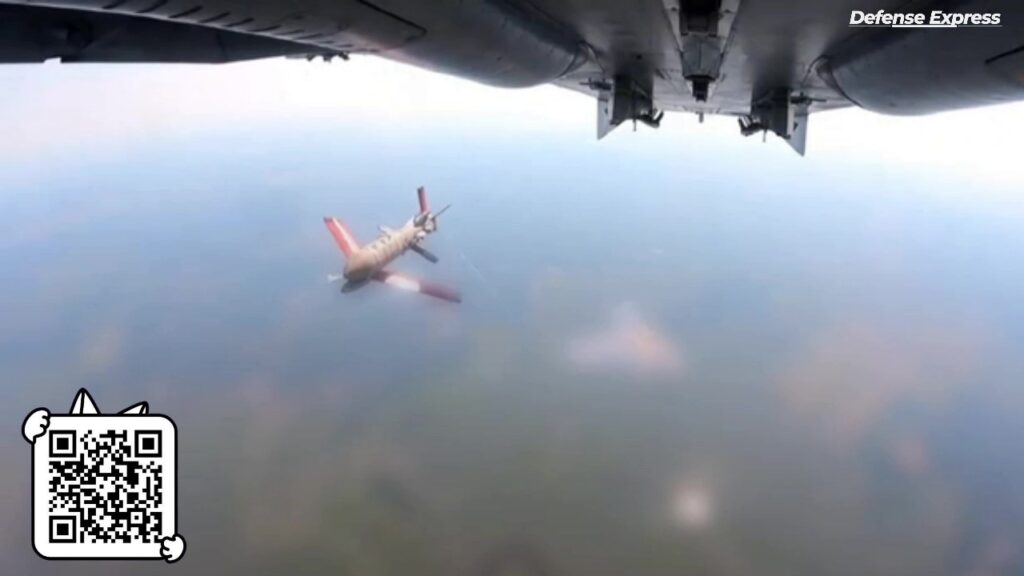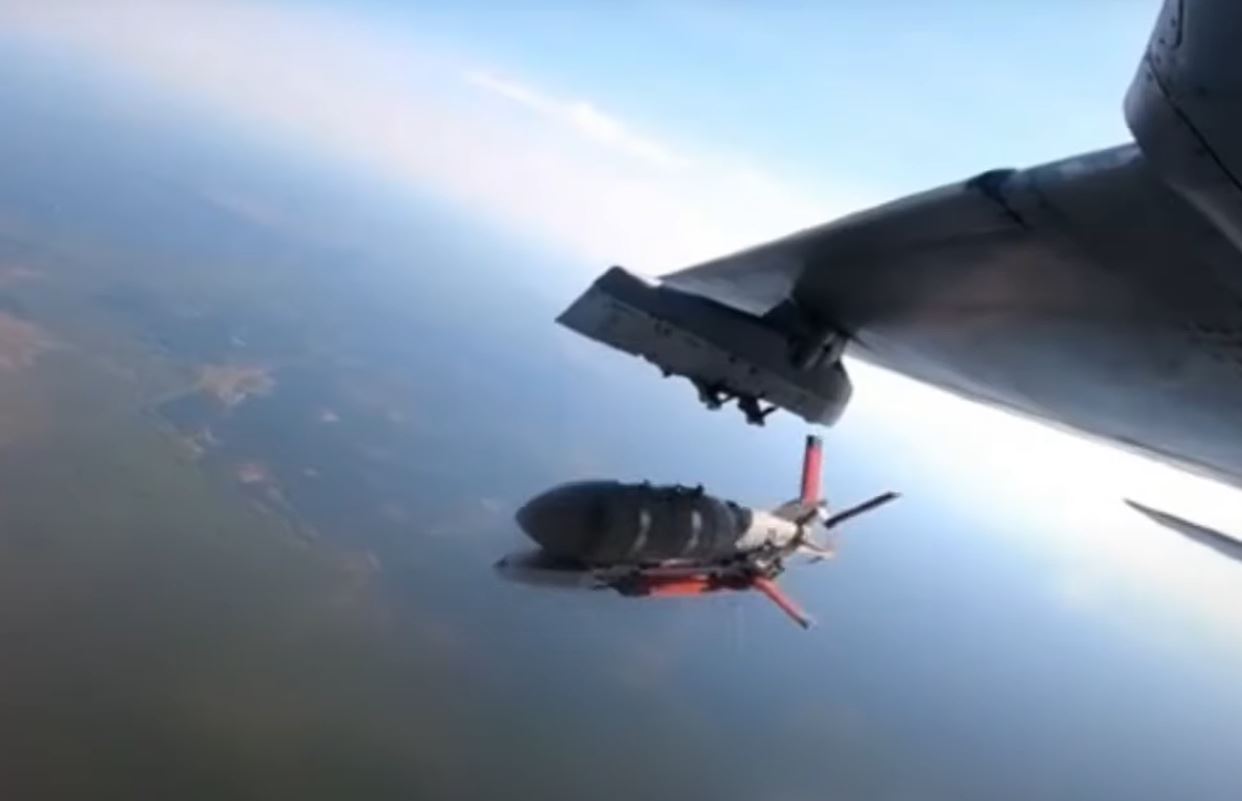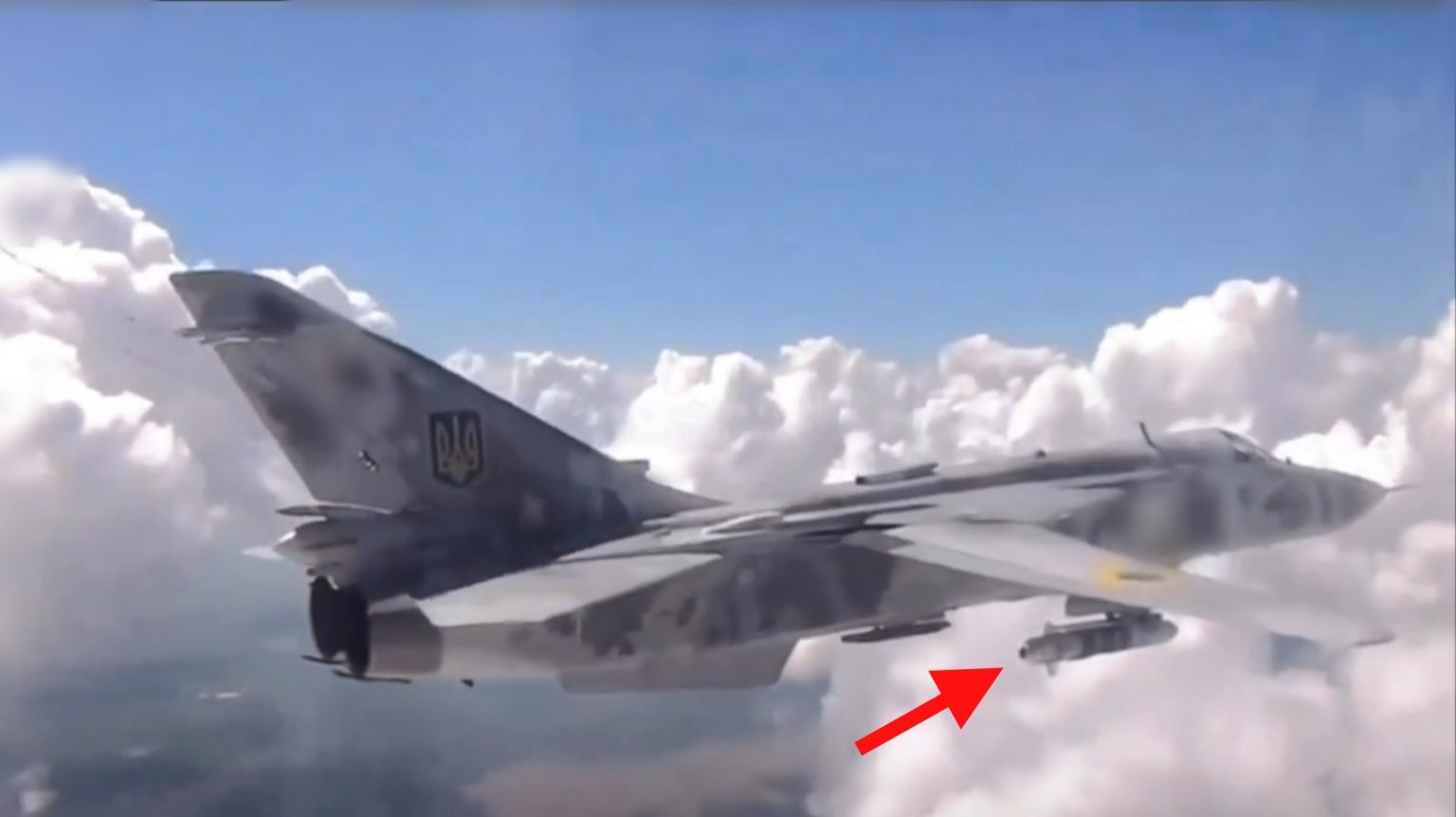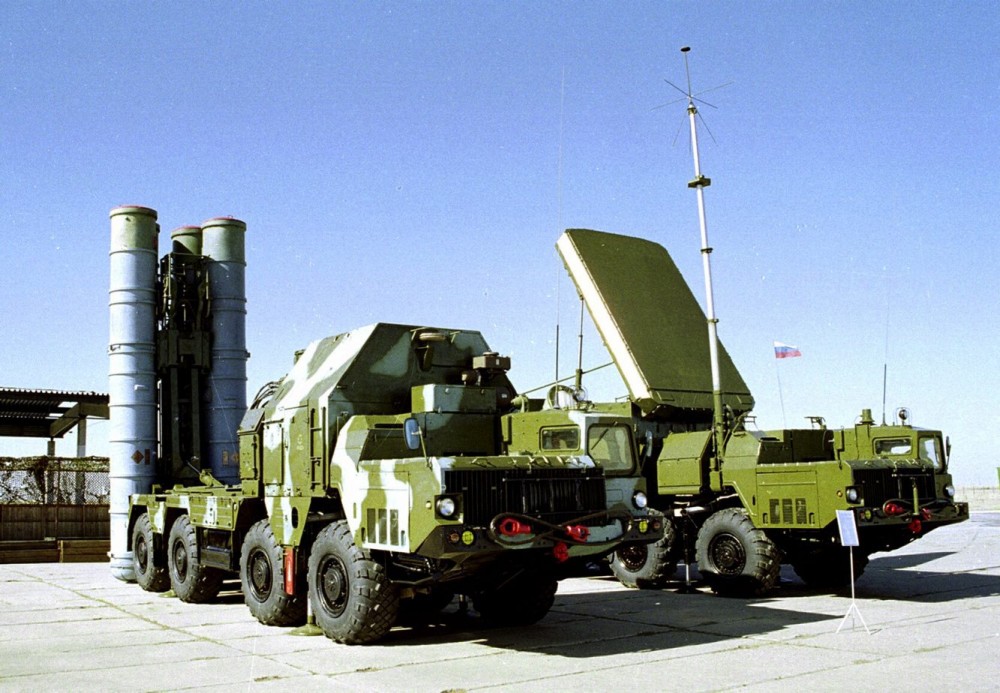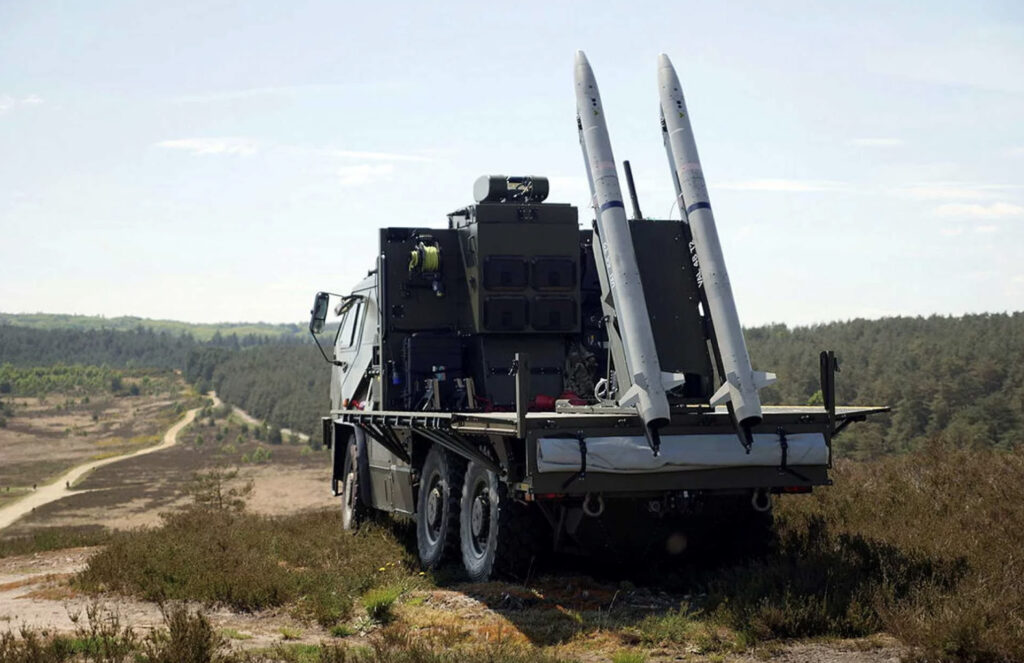
The United Kingdom has committed to providing Ukraine with 350 ASRAAM air defense missiles worth £70 million ($95 million), funded through interest generated from seized Russian assets.
The summit began on 24 June and continues through 25 June, with leaders from all 32 NATO member countries, including US President Donald Trump, gathering in The Hague. The main agenda centers on increasing defense spending to 5% by 2035 and continuing support for Ukraine amid the ongoing Russian aggression. However, tensions in the Middle East have threatened to divert international attention from the Russo-Ukrainian war.
Ukrainian President Volodymyr Zelenskyy attended the NATO gathering after meeting with both King Charles III and Starmer in London, where both British leaders offered public support to Ukraine.
Trump also confirmed plans to meet with President Zelenskyy on the summit sidelines to discuss the war in Ukraine.
Earlier, anonymous sources
told Politico that Zelenskyy was excluded from the NATO main sessions due to the US administration’s reluctance to emphasize the ongoing war that Trump had promised to resolve “quickly.”
“Russia, not Ukraine, should pay the price”
Meanwhile, during the NATO summit in The Hague, UK Prime Minister Starmer emphasized that British support “will never waver” while calling for Russian President Vladimir Putin to return to stalled peace negotiations.
“Russia, not Ukraine, should pay the price for Putin’s barbaric and illegal war, so it is only right we use the proceeds from seized Russian assets to ensure Ukraine has the air defense it needs,” Starmer stated.
Since Russia’s full-scale invasion of Ukraine in 2022, the UK has frozen over £25 billion ($34 billion) worth of Russian assets, including funds belonging to individuals and entities designated under the sanctions regime. These assets remain frozen, but the UK government has implemented the Extraordinary Revenue Acceleration (ERA) scheme, which allows the interest accrued on these frozen funds to be used for specific purposes, such as financing military aid to Ukraine.
British missiles will protect Ukrainian cities from attacks
ASRAAM air defense missiles, originally designed for air-to-air use, were rapidly adapted by British engineers to be launched from the ground via the UK-developed RAVEN mobile air defense system, which is already deployed in Ukraine. The delivery will expand Ukraine’s mobile air defense capability, helping protect against Russian missile and drone attacks on civilians.
By June 2025, Ukraine has received and operationally deployed eight Raven systems in its air defense units, with an additional five systems confirmed for future delivery.
UK Defense Secretary John Healey also warned that diverting global focus to the Israel-Iran conflict serves Putin’s interests.
“It is crucial that we continue to focus on Ukraine,” Healey told a panel discussion at the summit. He noted that defending Ukraine remains a bipartisan issue in Britain with strong public support.
Britain develops defense amid Russia threat
The announcement comes as Britain has begun preparing for possible Russian attacks, citing increasing cases of sabotage.
Earlier, the UK has also announced plans to join NATO’s nuclear mission using F-35A fighters with nuclear capabilities. This marks the first time since the Cold War that the Royal Air Force will have a nuclear role, complementing the UK’s independent submarine-based nuclear deterrent.
On 23 June, Ukraine and the United Kingdom also launched their first joint military-industrial drone production program. This three-year “mega-project” involves Britain financing the procurement of Ukrainian-designed drones that will be produced on British soil, with all drones manufactured during the ongoing war directed to support Ukraine’s Defense Forces, however, after the war ends, the drones will be shared between the two countries.
You could close this page. Or you could join our community and help us produce more materials like this.
We keep our reporting open and accessible to everyone because we believe in the power of free information. This is why our small, cost-effective team depends on the support of readers like you to bring deliver timely news, quality analysis, and on-the-ground reports about Russia's war against Ukraine and Ukraine's struggle to build a democratic society.
Become a patron or see other ways to
support.


